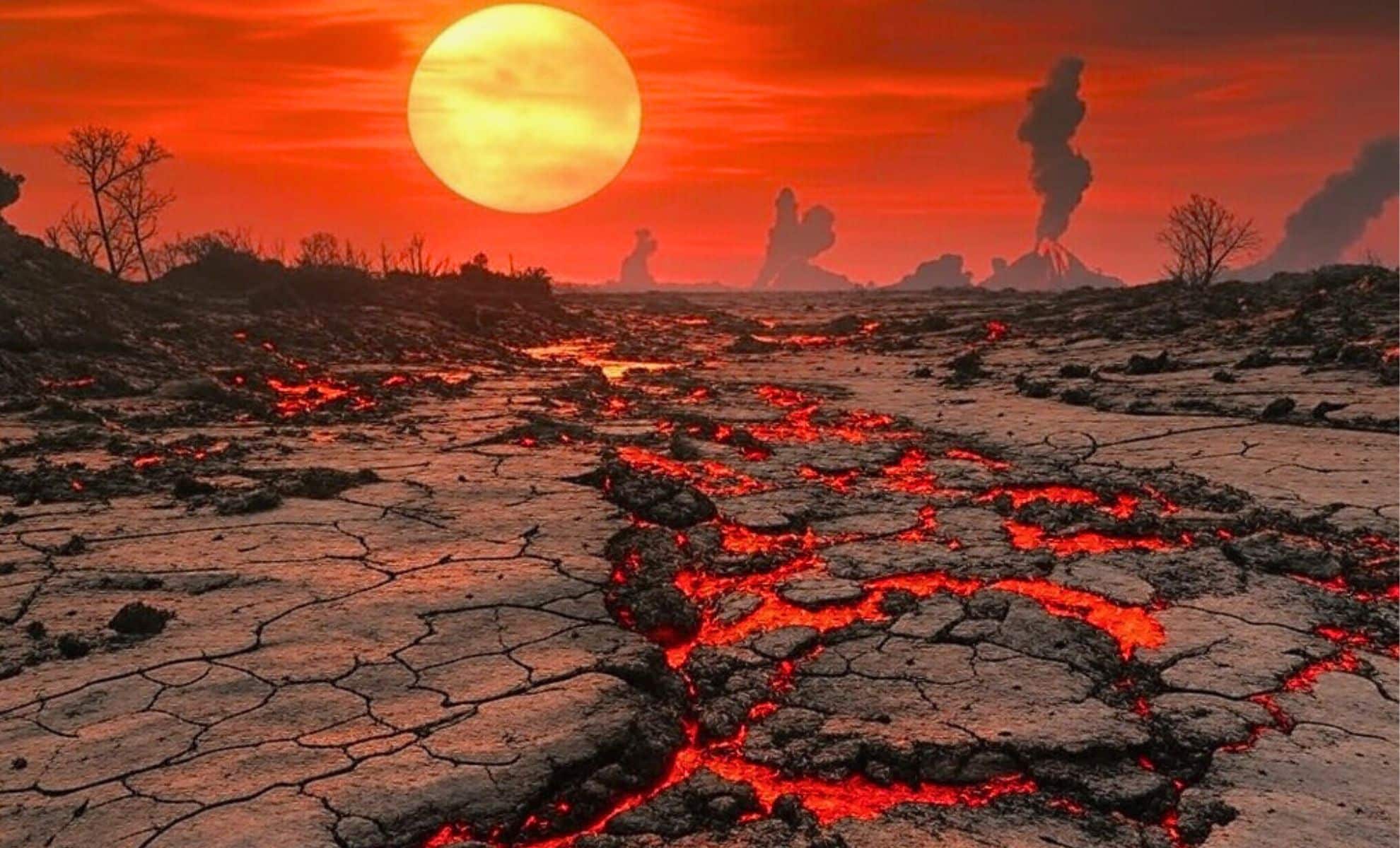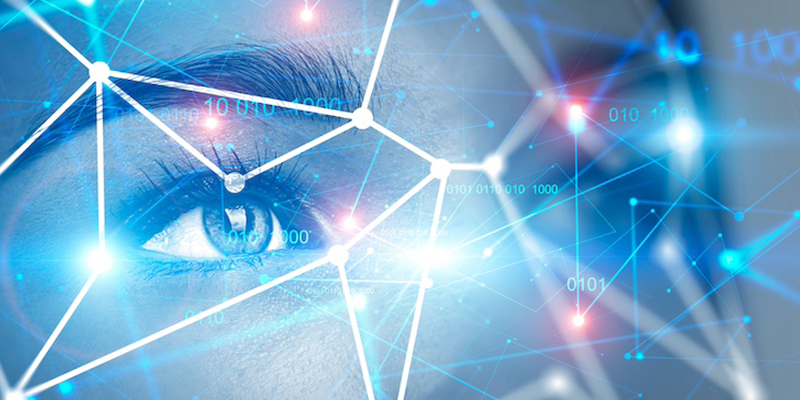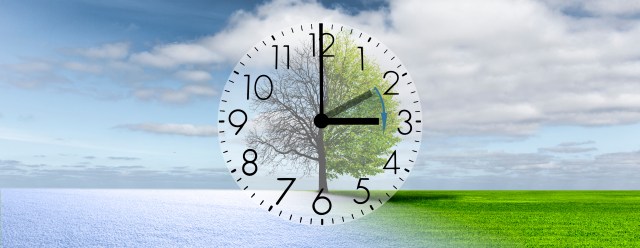Why Plastic Containers Remain Stubbornly Wet After Dishwasher Cycles: The Scientific Explanation
Science
2025-04-06 13:02:00Content

Have you ever pulled out plastic dishes from the dishwasher, only to find them still dripping wet while your ceramic plates are perfectly dry? There's actually a fascinating scientific explanation behind this common kitchen conundrum.
The secret lies in how different materials interact with heat and moisture. Unlike ceramic or glass, plastic has unique thermal properties that prevent it from drying efficiently. Plastic is a poor conductor of heat, which means it doesn't absorb and release warmth as quickly as other materials. This characteristic makes it challenging for water droplets to evaporate quickly during the dishwasher's drying cycle.
Moreover, plastic's smooth surface tension causes water to cling more stubbornly compared to more porous surfaces. While ceramic and glass allow water to spread out and evaporate more readily, plastic tends to form clingy water beads that resist quick drying.
So the next time you're frustrated with wet plastic containers, remember: it's not a dishwasher malfunction, but a fascinating display of material science at work! Pro tip: If you want your plastic items to dry faster, try placing them at an angle or using a quick-dry setting on your dishwasher.
The Surprising Science Behind Wet Plastic: Unraveling Dishwasher Mysteries
In the modern kitchen, dishwashers have become an indispensable appliance, transforming the tedious chore of manual dishwashing into a convenient, time-saving process. Yet, for many homeowners, one persistent frustration remains: the stubborn moisture that clings to plastic items, defying the machine's drying capabilities.Discover the Shocking Reasons Why Your Plastic Dishes Never Fully Dry
The Thermal Conductivity Conundrum
Plastic's molecular structure presents a fascinating challenge in the world of heat transfer. Unlike metal or ceramic materials, plastic is an exceptional thermal insulator, which means it resists heat transmission with remarkable efficiency. This unique property stems from its molecular composition, characterized by long polymer chains that trap heat and moisture with remarkable tenacity. The intricate dance of molecular interactions within plastic creates a complex barrier that prevents rapid water evaporation. When exposed to the high temperatures inside a dishwasher, plastic responds differently compared to other materials, essentially creating a microclimate of moisture that stubbornly clings to its surface.Molecular Mechanics of Moisture Retention
At the microscopic level, plastic's hydrophobic nature paradoxically contributes to its moisture-trapping capabilities. The surface tension of water molecules creates a cohesive network that adheres to plastic's microscopic irregularities, forming droplets that resist quick evaporation. Scientific research reveals that the chemical structure of different plastic types dramatically influences their water-retention properties. Polymers like polypropylene and polyethylene exhibit unique characteristics that make them particularly resistant to complete drying, creating a persistent challenge for dishwasher manufacturers and consumers alike.Engineering Challenges in Dishwasher Design
Appliance engineers have long grappled with the complex physics of moisture removal. Traditional drying mechanisms, which rely on heat and air circulation, struggle to effectively address plastic's inherent thermal properties. Modern dishwashers increasingly incorporate advanced technologies like zeolite minerals and enhanced air circulation systems to combat this persistent issue. Cutting-edge research suggests that nanotechnology and advanced surface treatments might offer promising solutions. By modifying plastic surfaces at the molecular level, scientists are exploring innovative approaches to enhance water repellency and accelerate drying processes.Consumer Strategies for Drier Plastics
Homeowners can implement several practical techniques to mitigate moisture retention. Strategic loading patterns, ensuring proper spacing between items, and selecting appropriate wash cycles can significantly improve drying outcomes. Some experts recommend using rinse aids specifically formulated to break surface tension and facilitate faster water dispersal. Additionally, understanding the specific thermal characteristics of different plastic types can help consumers make more informed choices about dishwasher loading and maintenance. Not all plastics are created equal, and recognizing their individual properties can lead to more effective cleaning and drying strategies.Environmental and Economic Implications
The persistent moisture challenge extends beyond mere inconvenience. Energy consumption, water usage, and the environmental impact of repeated drying cycles represent significant considerations in the broader context of household appliance efficiency. Manufacturers are increasingly investing in research to develop more sustainable and effective drying technologies. These innovations not only promise improved user experiences but also contribute to broader goals of energy conservation and resource efficiency.RELATED NEWS
Science

Doomsday Countdown: AI Supercomputer Reveals Shocking Prediction for Human Extinction
2025-02-17 13:00:00
Science

Gregor Mendel's Magical Peas: How a Monastery Garden Revolutionized Genetics Forever
2025-05-01 13:45:16
Science

Backyard Science Revolution: How Everyday People Are Tracking Wildlife Right Outside Their Windows
2025-03-27 12:00:00





